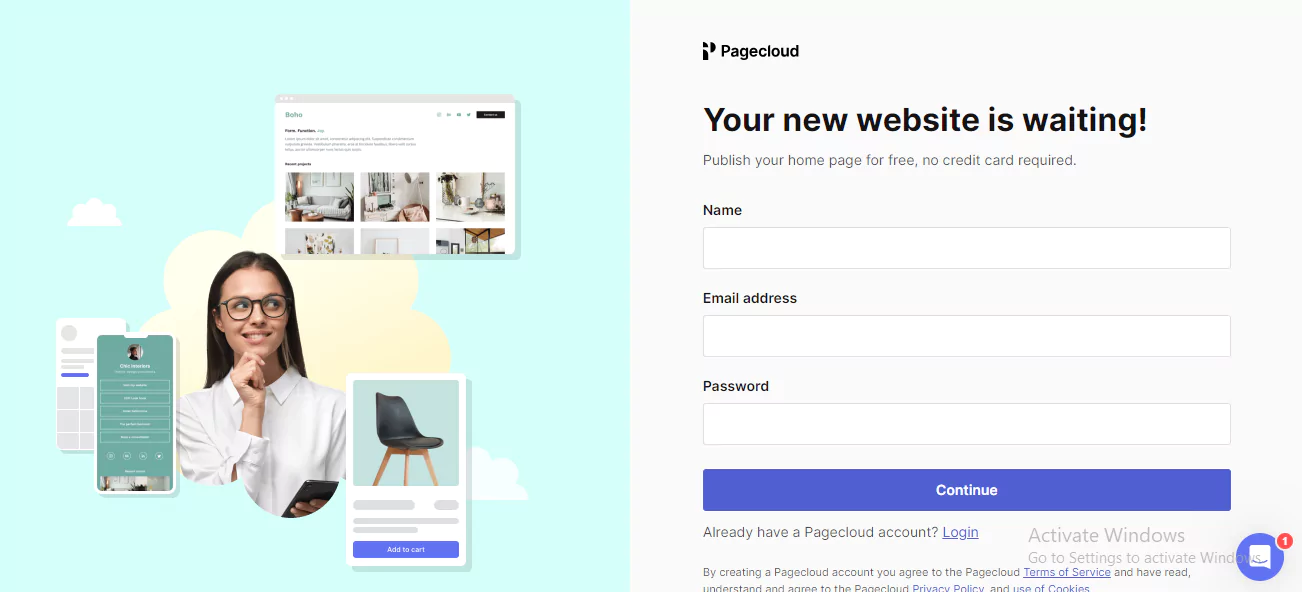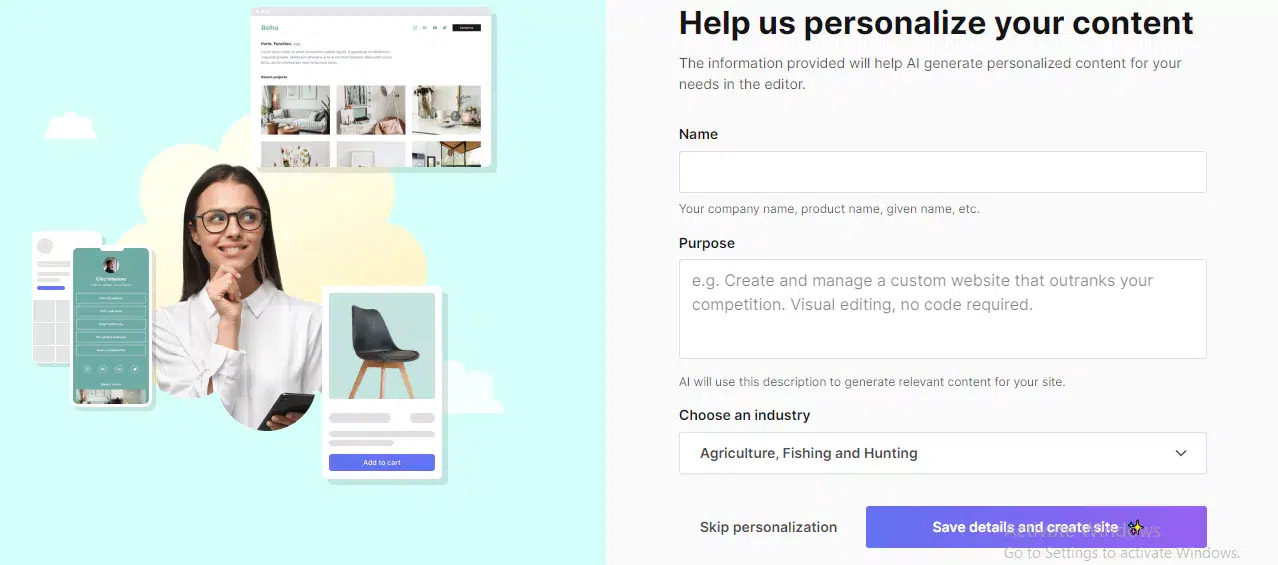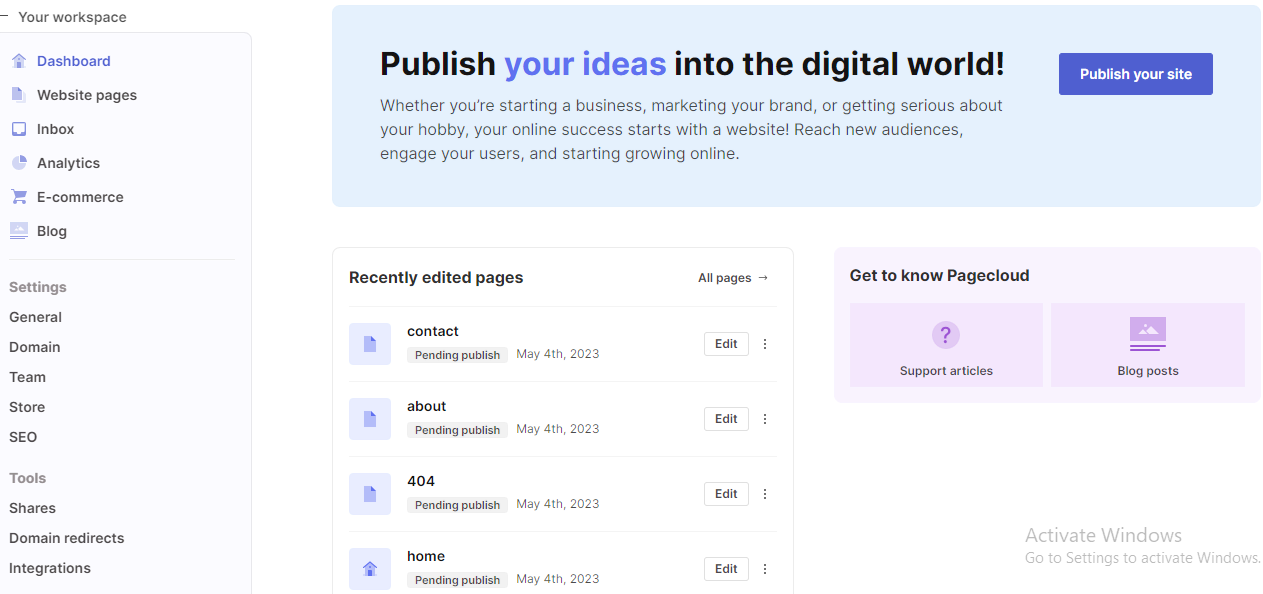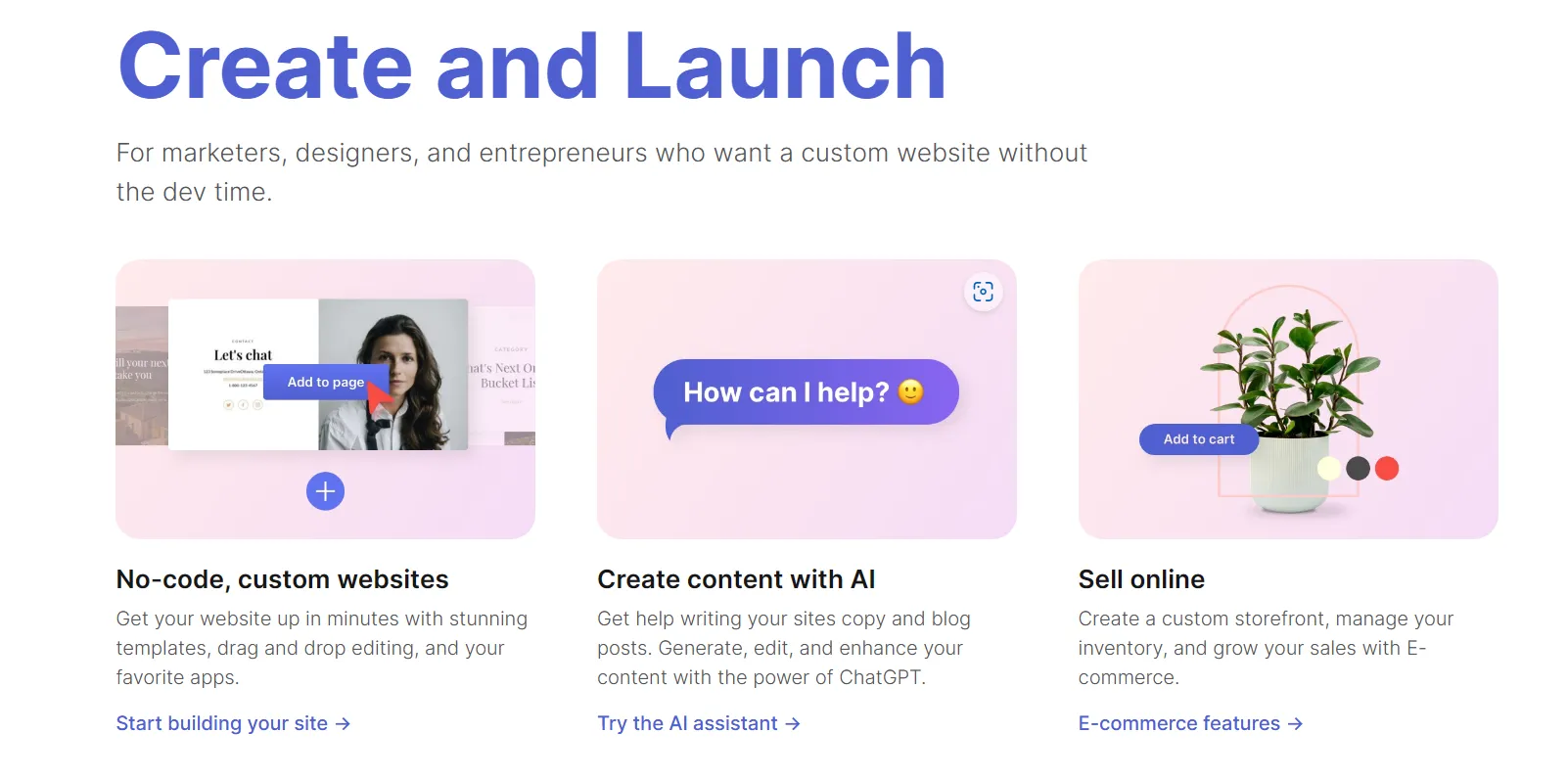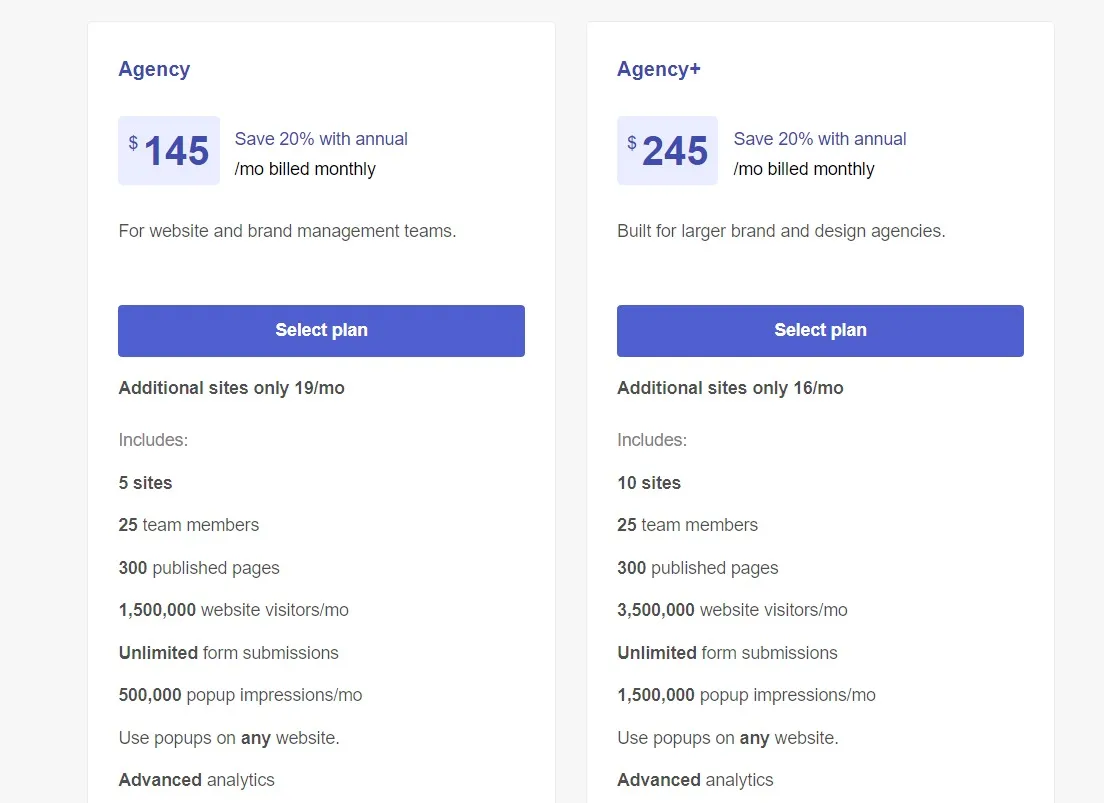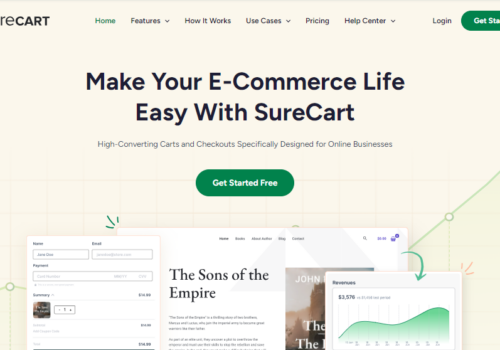If you’re like me and always on the lookout for user-friendly website builders, you know how important it is to try before you buy. That’s where PageCloud’s free trial comes in!
It was like taking a new car for a spin – I really got a feel for what it could do. From dragging and dropping elements to customizing layouts, everything was super easy.
I’m here to share all about this no-cost, no-risk way to see if PageCloud is the right fit for your website dreams. Let’s dive in!
PageCloud Free Trial 2024

Start your free trial with PageCloud

Start for free with Pagecloud
What is PageCloud?
The drag-and-drop technology used by the PageCloud website builder makes it incredibly simple for anyone to construct a high-performance company website in a matter of hours.
Although new users usually find this platform to be simple to use, getting started could seem a little intimidating. You can learn how to use PageCloud vto its full potential by following this comprehensive guide, which will take you through all of its essential features.
Continue reading to learn how to utilize PageCloud to create a stunning website that will draw in and keep online users interested.
Get Started with PageCloud for Free: PageCloud Free Trial
With a risk-free 14-day trial that is automatically included and doesn’t require a debit or credit card, you can start creating your PageCloud website right away.
You might simply decide not to buy a plan if you don’t adore the website you create.
After reading this article, you should have a good understanding of Pagecloud’s price structure and the features offered with each product.
Once you’ve determined which plan is appropriate for your company, go to PageCloud and buy the package that best meets your site design and e-commerce requirements.
PageCloud Features:
Here’s an overview of how PageCloud operates:
1. Drag-and-Drop Editor:
PageCloud’s core feature is its intuitive drag-and-drop editor. This allows users to visually construct their website by dragging elements like text boxes, images, and buttons directly onto their webpage. It’s designed for ease of use, making it accessible even for those with no technical background.
2. Templates and Layouts:
Users can start with a variety of templates that PageCloud offers. These templates are designed for different types of websites, such as blogs, portfolios, e-commerce stores, etc. They provide a basic structure that users can then customize.
3. Customization Options:
While templates provide a starting point, PageCloud stands out in its customization capabilities. Users can adjust nearly every aspect of their site, from fonts and colours to the layout and size of elements. This flexibility allows for a high degree of personalization.
4. Responsive Design:
Websites created with PageCloud are responsive, meaning they automatically adjust to look good on any device, whether it’s a desktop, tablet, or smartphone. This is crucial for modern web design.
5. Content Management:
PageCloud includes content management features that let users create and edit web pages, blog posts, and more. It’s designed to be straightforward, allowing for quick content updates.
6. SEO Tools:
Understanding the importance of search engine optimization (SEO), PageCloud provides built-in SEO tools. These tools help users optimize their site for search engines, potentially improving their website’s visibility and ranking.
7. E-commerce Integration:
For users looking to create online stores, PageCloud offers e-commerce integration. This allows for the addition of shopping carts, product catalogs, and payment processing functionalities.
8. App Integrations:
PageCloud can integrate with a wide range of third-party apps and services, such as Google Analytics, social media platforms, marketing tools, etc. This enhances the website’s functionality and efficiency.
9. Hosting and Security:
PageCloud hosts the websites created on its platform, ensuring they are fast and reliable. It also takes care of security aspects, like SSL certificates , to protect websites and user data.
10. Customer Support:
Users have access to customer support through various channels, including help articles, tutorials, and direct support from the PageCloud team.
PageCloud: Key Features Across Plans
- No code website builder.
- Advanced analytics.
- AI tools for website and blog editing.
- Templates & section libraries.
- Form builder.
- SEO tools including keyword research by Semrush.
- 100+ app integrations.
- Hosting & SSL security.
- Source code access for developer collaboration.
Additional Information
- PageCloud offers a 14-day free trial for new users.
- Annual subscriptions include a free custom domain and email for the first year.
- Payment methods accepted include major credit cards like American Express, Visa, and MasterCard.
FAQs
👀 Do I Need a Credit Card to Sign Up for the Free Trial?
No, you can start the free trial without providing any debit or credit card details.
🧐 Can I Switch Plans During the Free Trial?
Yes, you can switch plans at any time directly from your account dashboard. The costs are broken down proportionally.
🚀 What Happens After the Free Trial Ends?
If you decide to continue using PageCloud after the free trial, you can choose a paid plan that suits your needs.
💁♀️ What Payment Methods are Accepted?
PageCloud accepts payments from all major credit card brands, including American Express, Visa, and MasterCard.
🔥What’s included in Pagecloud Start?
All editing capabilities, limitless draft sites, and one page per site publishing. Pagecloud Start does not have a Custom domain, Redirects, include Blog, Team members,or E-commerce. All Pagecloud Start pages have a little Made in Pagecloud button. You can subscribe to a Premium subscription at any moment to activate all Pagecloud capabilities.
Quick Links:
- PageCloud Website Examples
- PageCloud Pricing
- How to Use the PageCloud Website Builder
- Tailor Brands Free Trial
- MemberPress Free Trial
- Jasper AI Free Trial
- Keap Free Trial
Conclusion: PageCloud Free Trial 2024
The PageCloud free trial offers a comprehensive, risk-free opportunity to explore its intuitive website builder over a period of 14 days.
This trial is particularly beneficial for those evaluating PageCloud’s fit for their personal or business website needs.
It allows full access to the platform’s core editing features and unlimited draft sites, making it a practical way to gauge the platform’s capabilities.
However, users should note the limitations in terms of e-commerce functionalities, custom domains, and branding during the trial.
The no-credit-card-required approach and the flexibility to switch plans or opt out after the trial make it a user-friendly option for anyone venturing into website creation or considering a switch from other platforms.

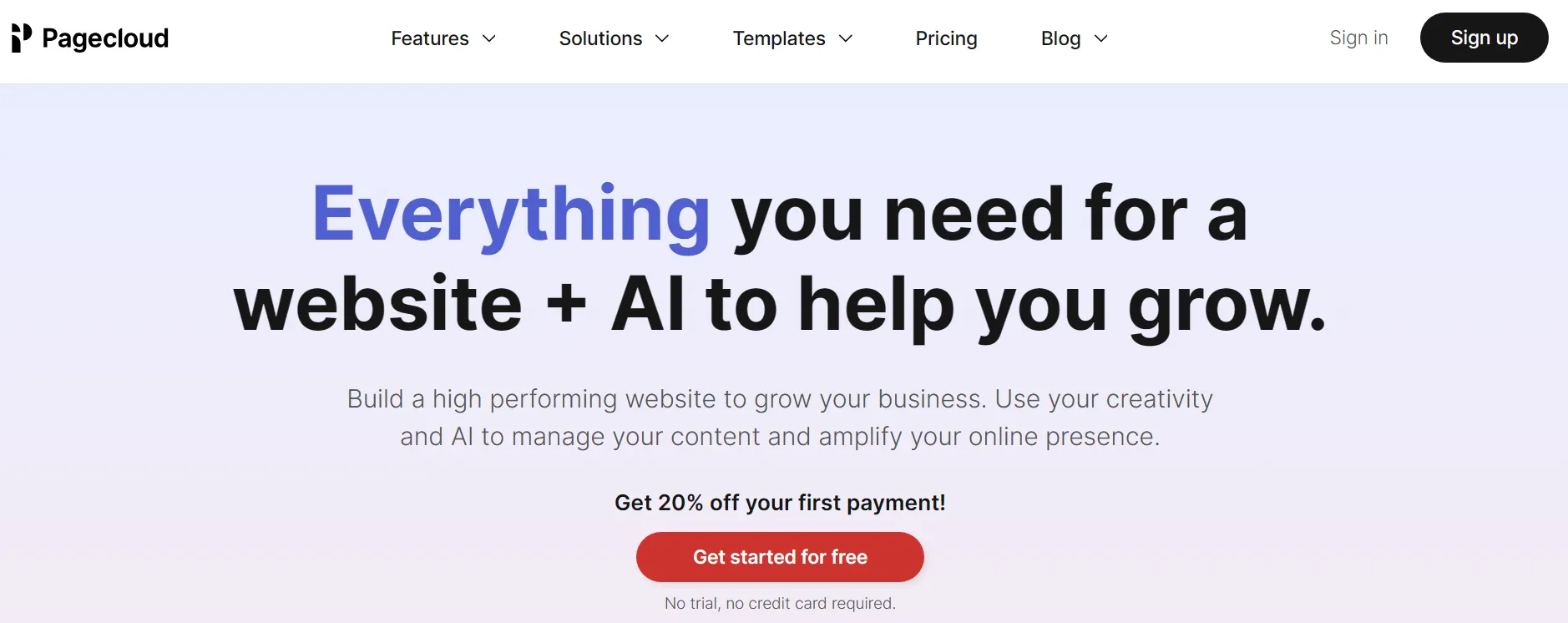
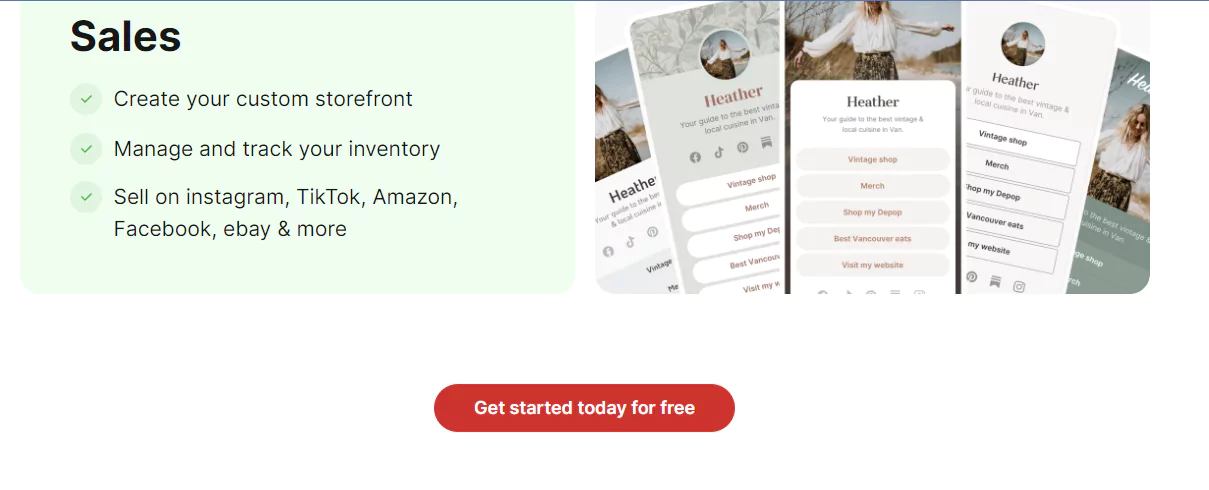 Step 3. Select a Plan (If Applicable): PageCloud might offer different plans with varying features. Even if you’re starting with a free trial, they might ask you to choose the plan you’re interested in. Don’t worry, you shouldn’t be charged during the trial period.
Step 3. Select a Plan (If Applicable): PageCloud might offer different plans with varying features. Even if you’re starting with a free trial, they might ask you to choose the plan you’re interested in. Don’t worry, you shouldn’t be charged during the trial period.